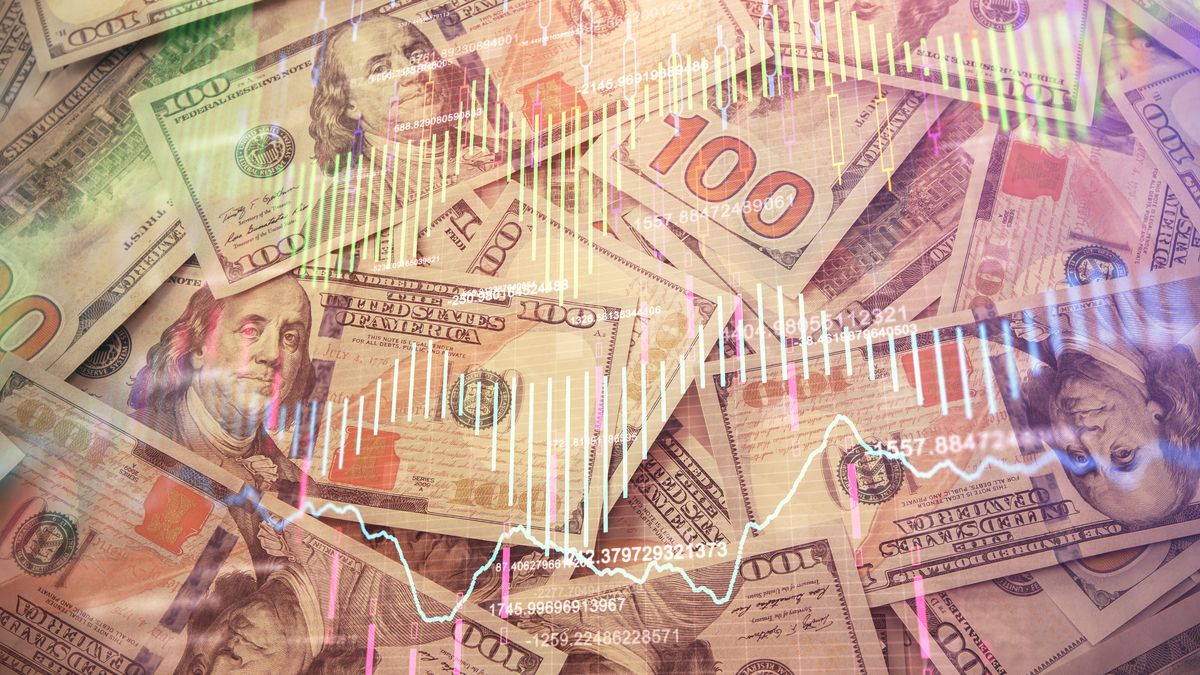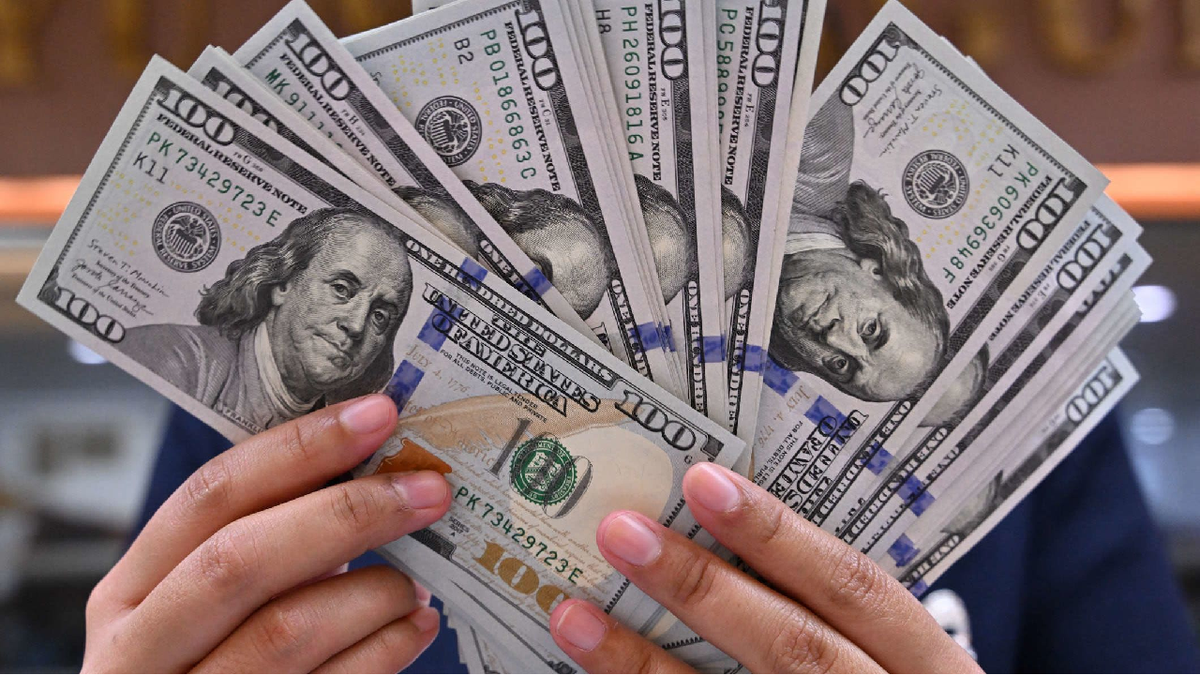The euro was down 0.42% at $1.0494, after previously rising to $1.0585, its highest level since June 28.
The dollar index, which compares the greenback against six even currencies, rose 0.7% up to 105.29 units. While in the previous week it fell 1.4% and lost 5% in November, its worst month since 2010.
The Chinese yuan, the US dollar, the euro, the British pound, and the Japanese yen.
The Institute for Supply Management (ISM) said its non-manufacturing PMI rose to a reading of 56.5 last month from 54.4 in October, indicating that the service sector, which accounts for more than two-thirds of the economic activity in the United States, remained resilient despite interest rate increases. The survey builds on data from last Friday that showed stronger-than-expected US job and wage growth in November. Consumer spending also accelerated in October.
The string of robust reports has raised optimism that a recession could be avoided in 2023, with growth slowing sharply, while spurring speculation about how much rates will rise.
“The market is just guessing how aggressive the Fed needs to be to beat inflation,” said Joe Manimbo, a senior market analyst at Convera.
Fed Chairman, Jerome Powell, It said last week that the US central bank could slow its rate hikes “as soon as December.”
Source: Ambito
I am a 24-year-old writer and journalist who has been working in the news industry for the past two years. I write primarily about market news, so if you’re looking for insights into what’s going on in the stock market or economic indicators, you’ve come to the right place. I also dabble in writing articles on lifestyle trends and pop culture news.




